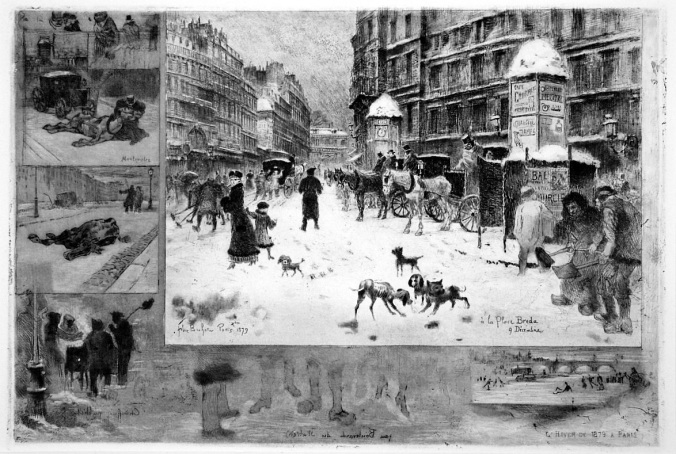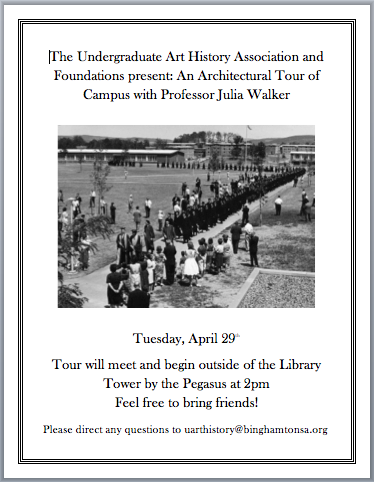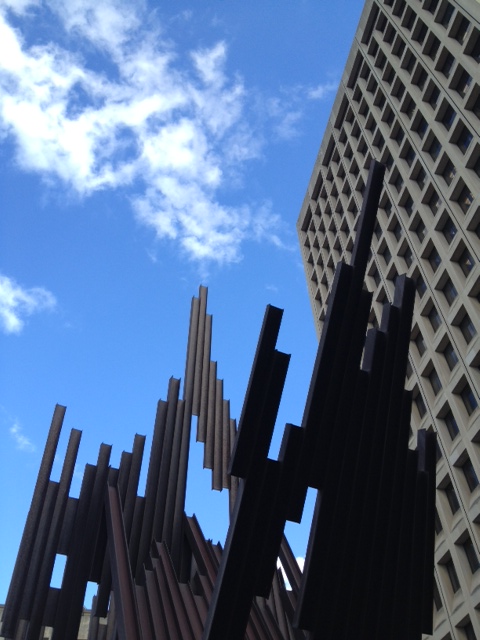
This month, Department of Art faculty member Frank Chang contributed his work Desert Paraklausithyron to Spectacular Subdivision, a group show in Wonder Valley, California, curated by Jay Lizo. Other participants included Dick Hebdige, Annette Barz, Anastasia Hill, and James Cathey. For more information, visit http://www.highdeserttestsites.com/news/monte-vista-projects-spectacular-subdivision-curated-jay-lizo.
High Desert Test Sites, Monte Vista Projects, and the University of California Institute for Research in the Arts (UCIRA) present Spectacular Subdivision, a group project curated by Jay Lizo. This three-day exhibition invites artists to reflect on questions of housing and real estate in the aftermath of the 2008 housing market crisis. What does housing mean to artists in relation to their practice? How has the mortgage meltdown affected artists? How have forms of domesticity and shelter shaped artists’ practices?
Spectacular Subdivision stems from the many conversations Jay had with other artists about purchasing a home. These conversations, ranging from the various types of paints used for interiors, to how to expand a house to incorporate a studio, and how to find balance between a living and working space, were simultaneously banal and fantastical. The project both engages and mimics the logic of real estate development as it has played out in the years since settlement began on the edges of habitable space across the Californian desert, e.g. California City in Kern County and Salton City, the failed resort adjacent to the Salton Sea in the Imperial Valley. The call invites participating artists to explore their personal fantasies in tandem with that (il)logic.
The project takes place over one weekend at two sites in Wonder Valley, California, on the fringes of the high desert. Large-scale sculptures are installed in a cul-de-sac formation at the remote, undeveloped Ironage Road parcel. Additional works are on view at El Paseo Ranch, a rental cabin owned by the Sibley Family.












